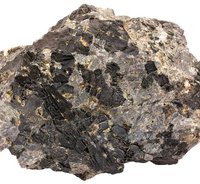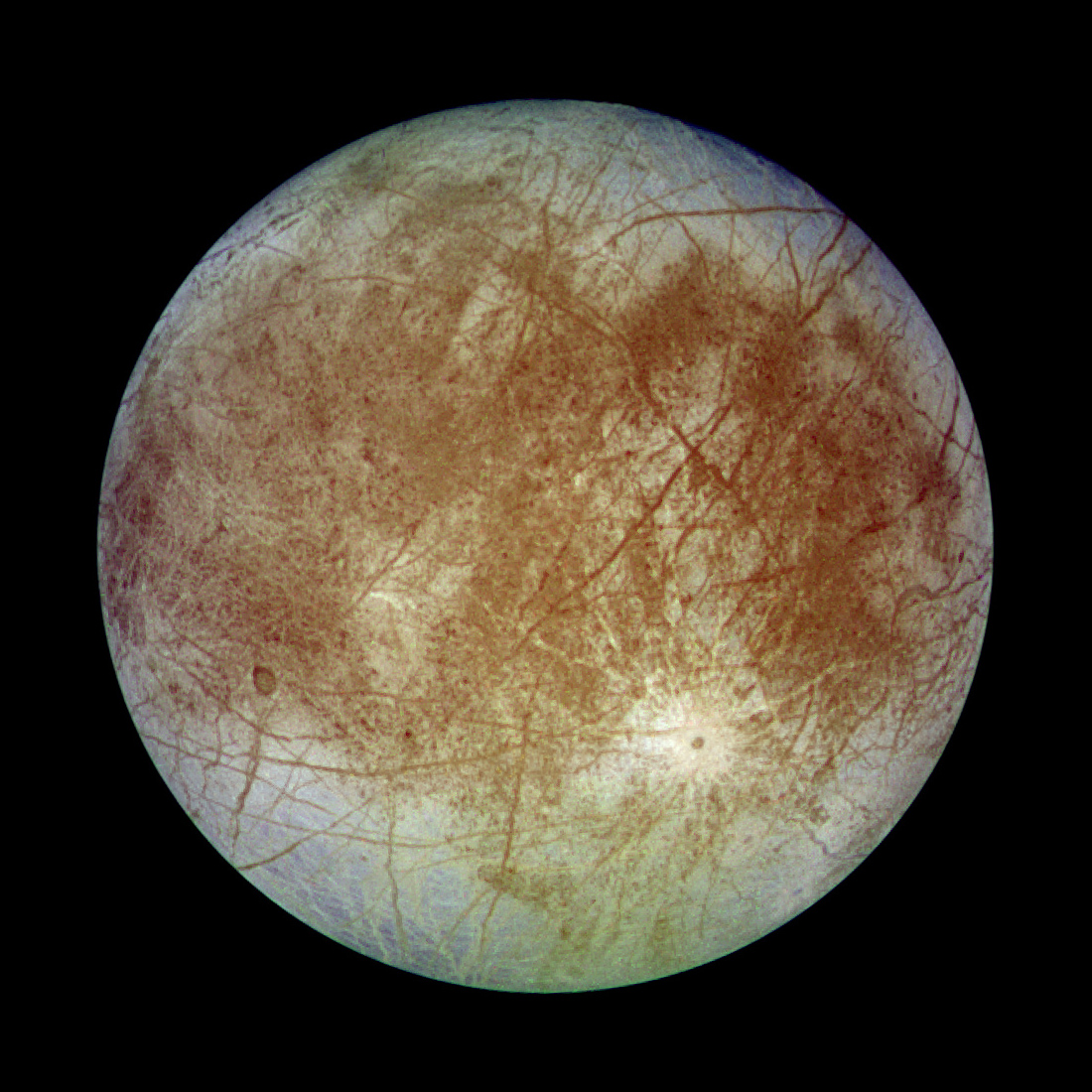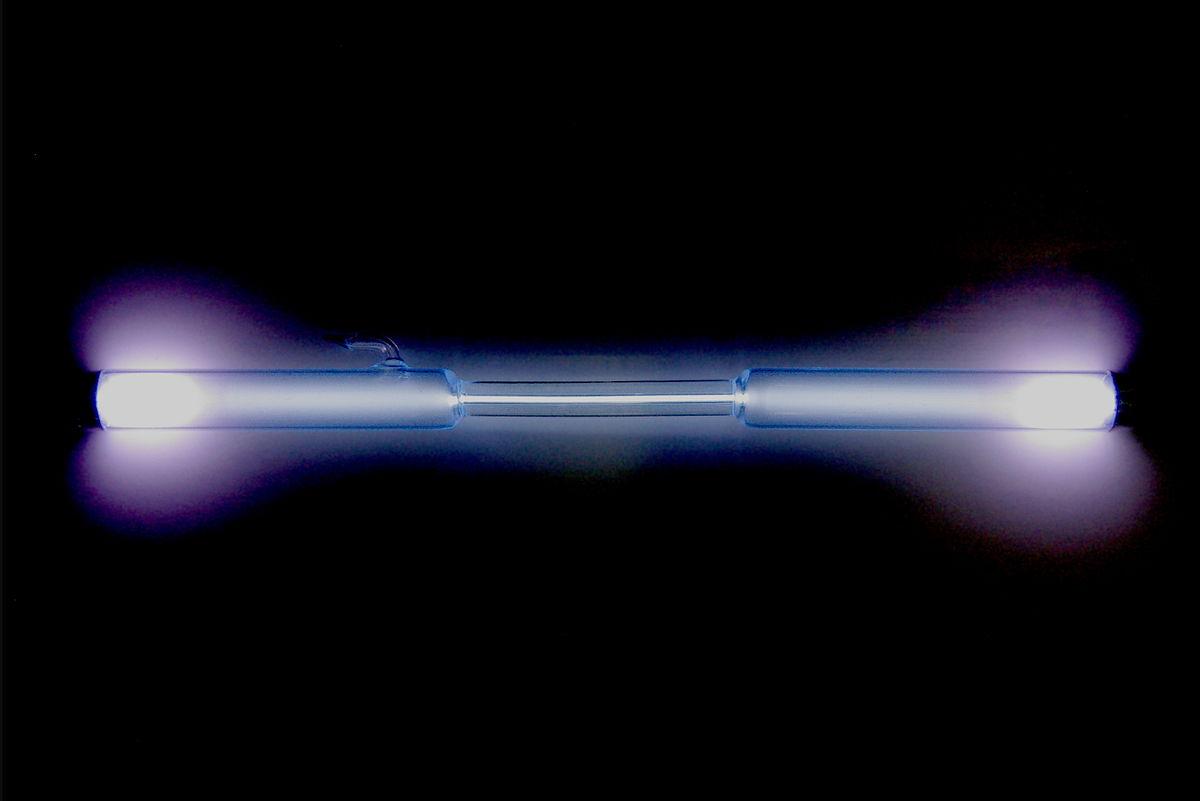
Rocky bodies that have experienced extensive water rock interaction and hydration of ultramafic rocks are predicted to generate significant quantities of hydrogen and small molecular weight organics that could serve as metabolic energy sources. However, there is significant uncertainty in the amount of hydrogen and methane that will be produced in systems that reside at low temperatures and do not experience hydrothermal activity. In this talk, I will discuss why we are investigating peridotite aquifers in Oman as an excellent terrestrial example of active low-temperature serpentinization processes. I will show how we are using experiments and field-studies to define the operative reaction pathways during low-temperature peridotite hydration. I will also explore subsurface regimes where the in-situ microbial communities and the cycling of H2, CH4, S and N strongly contrast.
 Getting Under Europa’s Skin
Getting Under Europa’s Skin Tracing Formation and Evolution of Outer Solar System Bodies Through Stable Isotopes and Noble Gas Abundances
Tracing Formation and Evolution of Outer Solar System Bodies Through Stable Isotopes and Noble Gas Abundances Photosynthesis, a Planetary Revolution
Photosynthesis, a Planetary Revolution Xenon: King of the Gases
Xenon: King of the Gases